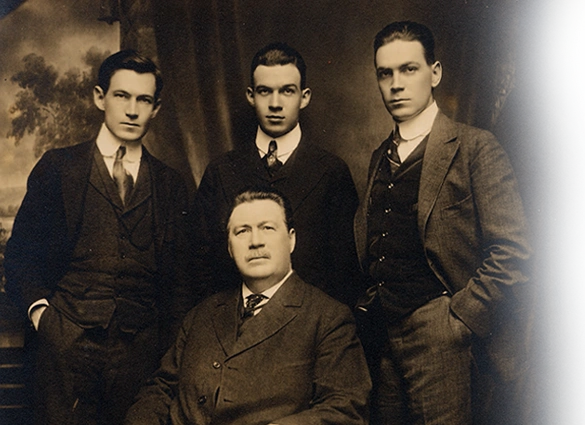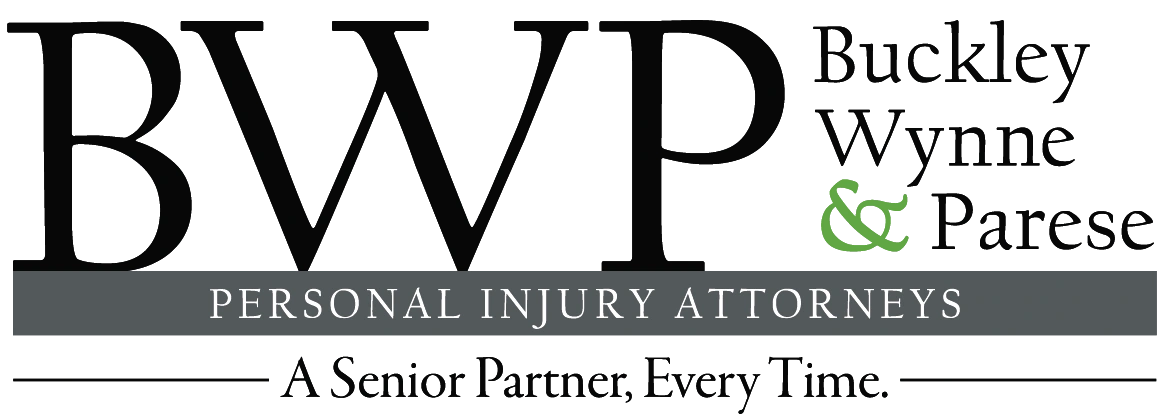Construction Injury Lawyer in Oxford, CT
Unfortunately, construction accidents are a common occurrence in Connecticut. However, you can take legal action in Oxford if you were injured on the job. You need a lawyer with the right knowledge and experience to navigate the complexities of construction law.
Construction Accident Attorneys In Oxford, CT

According to the National Safety Council, “Every seven seconds, a worker is injured on the job.”
Despite the efforts of workers to be safe and responsible on construction sites, construction work is inherently dangerous and various hazards arise every day. Contractors and construction managers must create a culture of safety to ensure that workers are safe.
Federal and State regulations exist to protect you and your loved ones, yet the construction industry experiences thousands of injuries and deaths each year. Many are the result of violations of laws and regulations. Some are the failure to create a climate of safety.
Construction injury claims are complex. If you or a loved one have suffered from a construction accident, we encourage you to contact the dedicated and knowledgeable Oxford attorneys at Buckley Wynne & Parese immediately.
Potential Causes/Types of Construction Accidents in Oxford:
- Perimeter Protection
- Scaffolding and Ladder Accidents
- Forklift Accidents
- Electric Shocks
- Fires and Explosions
- Fall Safety and Harness Protection
- Warning Lines
- Falling Materials
- Falls from Heights
- Poor Safety Precautions and Oversights
Speak with a Oxford construction accident attorney at Buckley Wynne & Parese (BWP) and let us help you receive compensation for:
- Lost income both present and future
- Overall earning capacity
- Past, present, and future medical bills
- Pain, suffering, and emotional distress
- Permanent injury and disability
- Disfigurement and scarring
- Wrongful death and funeral expenses
- Other general damages
Who Can be Held Liable for You or a Loved One’s Injuries?
If someone besides your employer caused your injury, you may be able to file a third-party lawsuit to hold them accountable for the accident and injuries that you sustained. However, every construction accident injury and the claim is unique and should be reviewed by an attorney. In an effort to help you recover damages- such as lost wages, medical costs, impairment of earning capacity, and pain and suffering- BWP will determine whether a third party is liable.
Common third-parties for construction-related accidents include:
- Construction Site Owners – The owner of the land where the construction project takes place could be held responsible for your accident. Their liability, however, will depend on their control over the site. In certain construction projects, the contractor receives control of the land from the landowner or another party for the duration of the project. In these cases, the landowner may not be held responsible for an injury because they were not in possession of the land when the accident took place.
- Contractors and Sub-Contractors – General contractors must make sure that a construction site is safe and meets standards that have been set by OSHA. If hazardous conditions are present at the work site, the contractor or subcontractor must take the appropriate steps to correct the hazard. Further, workers need to be informed about the potential dangers of the area and signage needs to be present at the site warning of the hazards. Contractors and subcontractors are also responsible for all construction workers on the site and need to ensure that workers are conducting their work in a safe manner.
- Architects and Engineers – Design professionals must ensure the structure is both safe and practical. Responsibility is usually detailed in the architectural or engineering contract and will likely include the requirement to verify the project meets safety codes in all stages of the construction project. If design safety standards have not been met, and an accident ensues, the architect or engineer may be held liable.
- Equipment Manufacturers – If construction equipment or machinery is defective or has been designed in a dangerous manner, the manufacturer of the construction equipment or machinery may be held at fault for the accident if the equipment or machine led to an accident.
- Scaffolding Companies – Injuries sustained from scaffolding falls are often life threatening. In many construction accident cases, scaffold accidents result from someone else’s negligence. If an employee is not trained properly on the scaffolding and makes a mistake erecting it, and the scaffold subsequently collapses, causing injury or wrongful death, the Connecticut courts may determine that the employer is liable for failing to fulfill applicable OSHA training requirements. In other cases, the scaffolding company may be held liable.

Workers’ Compensation
Workers’ compensation benefits are implemented to compensate employees for injuries sustained while at work. They can cover various damages such as a worker’s medical bills and lost wages. Employers oftentimes carry workers’ compensation insurance, however problems do occur. It is essential that counsel identify all of the contractors/persons on site. Contact BWP to discuss your options.
How is construction accident liability determined?
Construction accidents can result from a number of factors. And, it isn’t always clear as to who is responsible for injuries at a construction site. Often it is many vendors and construction companies. In many situations, the persons involved in the accident try to point fingers at others. The construction accident attorneys at BWP have many years of experience in evaluating construction accidents and determining liability.
Our knowledge base, combined with those years of expert analysis in serious construction accident cases, help ensure that the right persons are held liable for serious injuries.
Before beginning the process to identify liability for your construction accident injury in Connecticut, you should seek to answer the following questions.
- Where did the accident occur? Construction workers perform their job duties at many different locations and in many areas within a construction site. You must be able to ascertain exactly where on site that your accident happened. And, you must be able to demonstrate the location if an investigation ensues.
- What were the conditions of the accident site at the time of the construction accident? Occupational Safety and Health Administration (OSHA) regulates job sites. Further, OSHA requires that construction sites meet specific safety standards and regulations. If the scene of your construction accident was not in proper maintenance at the time your injury occurred, the party responsible for maintaining the site could be held responsible for your injuries.
- What construction equipment was involved? Multiple parties are responsible for building, selling, and maintaining the equipment used at a construction site. If the equipment fails or malfunctions in any way, it is possible that any one or more of those parties could be held responsible.
- Was the construction equipment used properly? If it is determined that the misuse of equipment caused your injury, the party or person using the equipment when your accident occurred, could be responsible. However, if you were injured while misusing equipment, it is possible that the construction company or equipment manufacturer or maintenance organization will not be held responsible.
- Who had control over the construction site and equipment at the time of the accident? You should identify all parties that were supervising and managing the construction site when your accident occurred. Any supervisor or managerial errors could make him or her responsible for your resulting injuries.
OSHA, The Occupational Safety & Health Administration
Created within the division of the Department of Labor in 1971, OSHA is responsible for worker safety and health protection. It provides uniform, yet minimum, requirements and standards to protect over 90 million American workers.
Most construction-site related accidents occur due to the following issues:
- Falls from heights due to hazardous scaffolding equipment, unsafe ladders, faulty equipment, or lack of fall-prevention safety equipment
- Slips and falls not related to heights
- Falling debris
- Struck by object
- Electrocution
- Explosions or burns
- Machinery accidents
- Caught in or between objects
- Trench or ground collapses
- Vehicular accidents
- Overexertion
- Injuries due to intoxication or medical conditions of personnel at the work site.
Falls, being struck by an object, electrocution, and caught-in/between are the four most common causes of death on construction sites each year.
Most Cited OSHA Violations in 2020
- Fall Protection –5,424 violations
- Hazard Communication – 3,199 violations
- Respiratory Protection – 2,649 violations
- Scaffolding – 2,538 violations
- Ladders – 2,129 violations
- Lockout/Tagout – 2,065 violations
- Powered Industrial Trucks – 1,932 violations
- Fall Protection – Training Requirements – 1,621 violations
- Personal Protective and Life Saving Equipment – Eye and Face Protection – 1,369 violations
- Machine Guarding – 1,313 violations
Source – Safety & Health Magazine, February 26, 2021
Contact Buckley Wynne & Parese
Oxford Construction workers face hazards that can lead to serious injuries, lifelong disabilities, and fatalities on a daily basis. Here at BWP, we know that the losses and damages one’s family can face as a result of construction accidents are usually devastating. We endeavor to use our time and resources to help get your family back on their feet. It is important that you contact us as soon as possible to discuss your options. Many time limitations exist to successfully pursue these claims.

Serving All of Connecticut
Free Evaluation 24/7
We understand the stress of dealing with an injury. Our team is here to provide compassionate support and effective legal representation, statewide.

